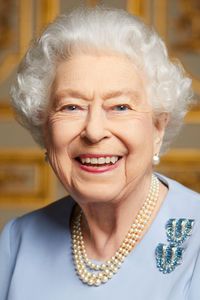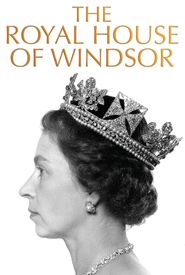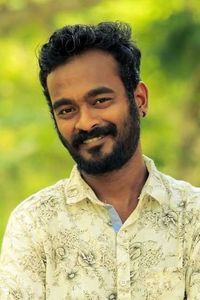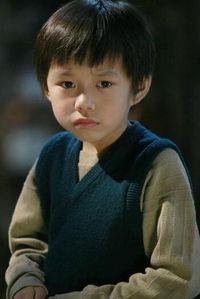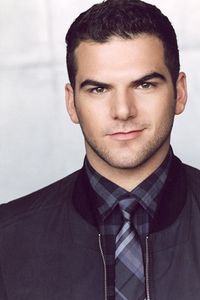Elizabeth II, the longest-lived and longest-reigning British monarch, was Queen of the United Kingdom and the other Commonwealth realms. Born in London, she was the first child of the Duke and Duchess of York, later King George VI and Queen Elizabeth, and was educated privately at home.
Her father ascended the throne in 1936 upon the abdication of his brother King Edward VIII, making Elizabeth the heir presumptive. During World War II, she undertook public duties and served in the Auxiliary Territorial Service. In 1947, she married Philip, Duke of Edinburgh, a former prince of Greece and Denmark, with whom she had four children: Charles, Prince of Wales; Anne, Princess Royal; Prince Andrew, Duke of York; and Prince Edward, Earl of Wessex.
When her father passed away in February 1952, Elizabeth became head of the Commonwealth and queen regnant of seven independent Commonwealth countries: the United Kingdom, Canada, Australia, New Zealand, South Africa, Pakistan, and Ceylon (now Sri Lanka). She reigned as a constitutional monarch through significant political changes, including devolution in the United Kingdom, Canadian patriation, and the decolonization of Africa.
Between 1956 and 1992, the number of her realms varied as territories gained independence and as realms became republics. She made numerous historic visits and meetings, including a state visit to the Republic of Ireland and visits to or from five popes. Notable events during her reign included her coronation in 1953 and the celebrations of her Silver, Golden, and Diamond Jubilees in 1977, 2002, and 2012, respectively.
In 2017, she became the first British monarch to reach a Sapphire Jubilee. Elizabeth II was the longest-serving female head of state in world history, the world's oldest living monarch, longest-reigning monarch, and oldest and longest-serving head of state.
